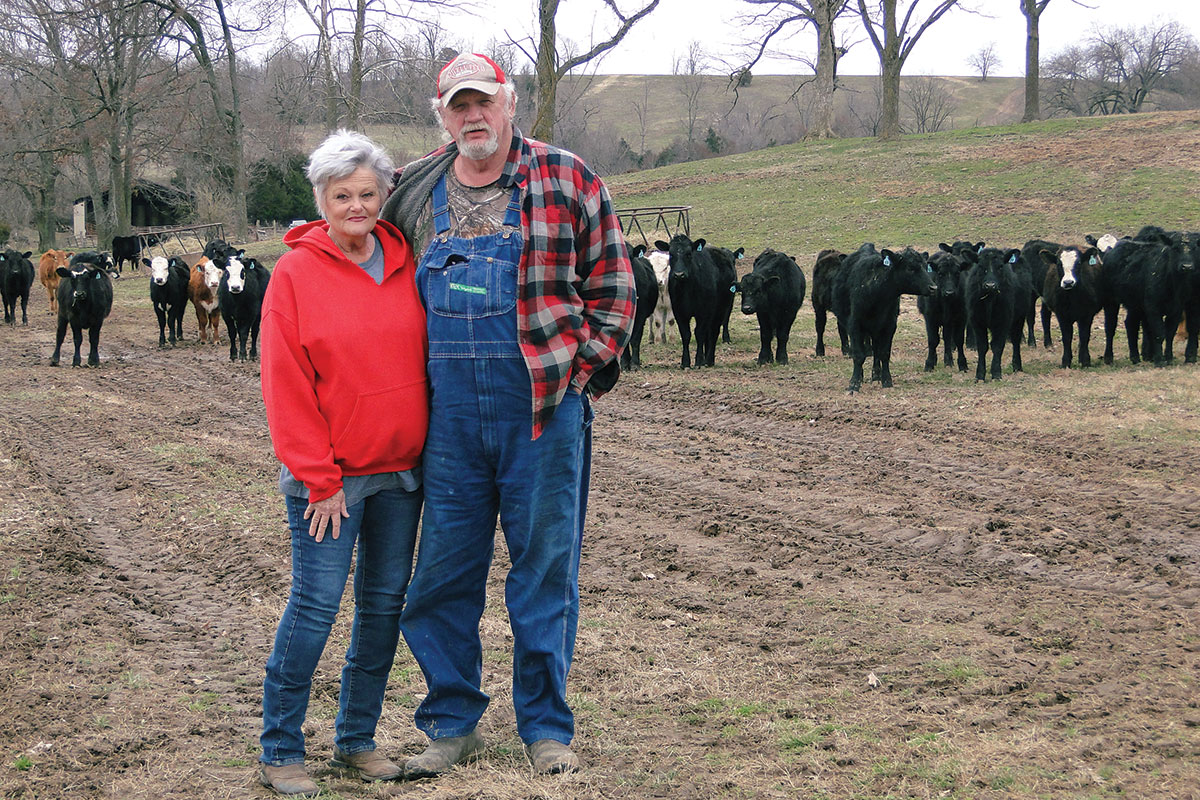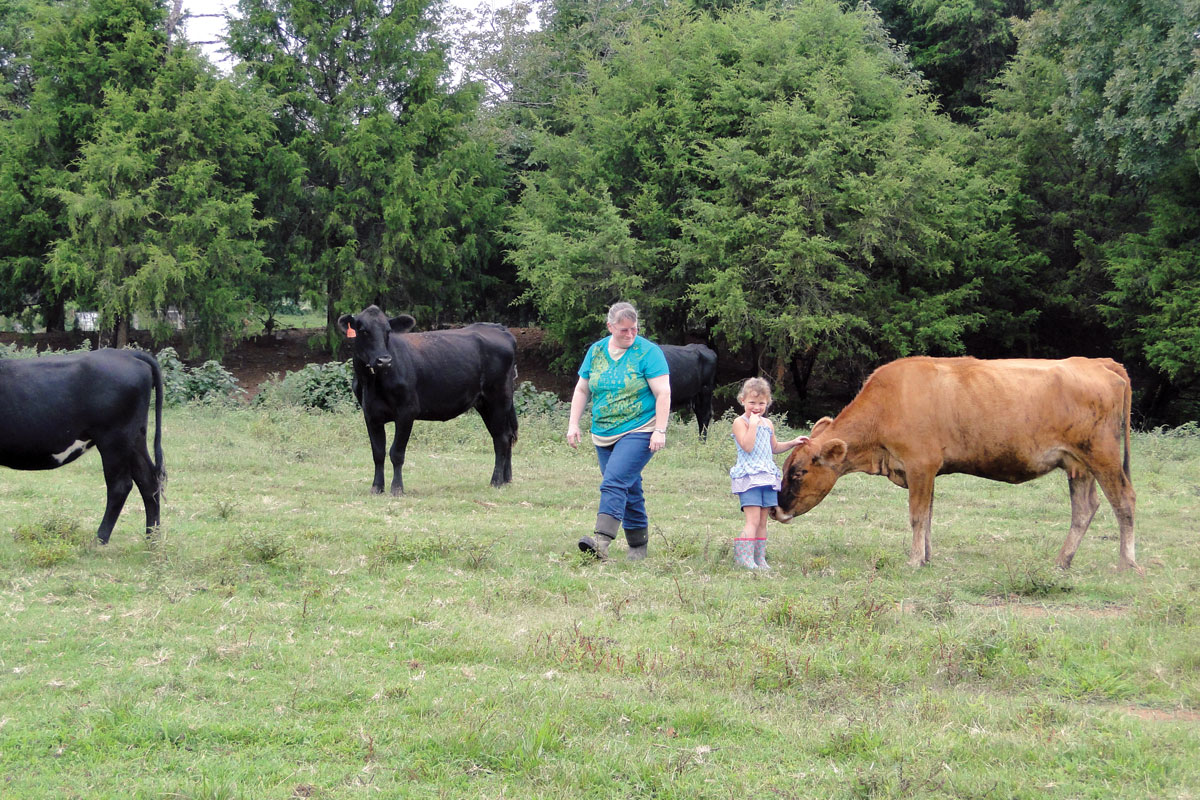Ralph and Arlene Reid have settled for their retirement years on a 60-acre homestead south of Ozark, Ark., in a town called Paris. Ah, the romance of Paris!
The story begins with a vacation to Gatlinburg, Tenn., from their 1983 home base in Utah. Arlene noticed a beautiful scarf of gray and brown plaid wool in the weaver’s shop. “The wool was all off the same sheep," said Arlene. After doing some homework, she discovered it was the wool of a Jacob Sheep; located a breeder in Washington, and began a new flock. "Ralph grew up on an Indian reservation but I grew up in town; I never lived on a farm. We didn’t know anything about sheep,” said Arlene. “After 24 years we still don’t,” joked Ralph.
Fortunately the Jacob sheep is a breed that responds well to the care of new shepherds. Jacob sheep are a primitive domestic breed, resistant to the foot problems and internal parasites that plague modern breeds. Their efficient body size allows more sheep to be grazed per acre and makes handling easier. They consume half the feed of larger body type sheep. Each has four horns that allow it to defend itself from predators.
The Reids enjoy these easy management qualities. “When we got to Arkansas, we contacted a few people that had sheep and they said, 'Okay, you’ve got to worm them twice a year.’ So we did the first year and then thought, ‘Aren't these an old breed? They should be more resistant to parasites.’ "We haven’t wormed them since," declared Ralph. Utilizing cohabitational grazing and a low stocking density helped break the parasites life cycles. Ralph built a swinging creep gate into the sheep trap and feeding troughs so that the 45 head of sheep can enter but the neighbors’ cattle also pastured on the 60 acres can't. Since cattle like the tall coarse grass, and sheep will graze more tender vegetation around rocks and cow manure piles, pasture utilization is increased.
In the wild the coloration of Jacob sheep is a protective camouflage. Jacob sheep are called piebald because the colors of the fleece are separate and add to the distinctive black, brown and white markings of the animals. This specific coloration allows the harvested wool to be sorted by color. The breed was named based on the belief that they are descendants of the animals God blessed Jacob with in the Genesis history of the Bible.
The story goes, Jacob had worked for his uncle Laban for many years with no pay. When he asked for pay it was agreed that Jacob could have all the speckled and spotted livestock born into the flock. When Laban tried to renege on the deal, God made all the increase of the flock spotted or speckled. Jacob left town with the flocks, two of Laban’s daughters, and the family idols, which allowed him to claim Laban’s sons’ entire inheritance.
While the history and coloration make an attractive market for the breed, according to Arlene, the best benefit of Jacob sheep is the wool, prized by hand spinners. “I taught myself to spin," she said. She likes the medium grade, non-greasy wool. She creates unique hats and sweaters with it. She also enjoys raising any orphan lambs. Unfortunately “I can’t eat someone I’ve hand raised,” said Arlene. This leaves the marketing of meat lambs up to Ralph. He arranges meat sales without getting emotionally attached. “The meat is good if its cooked right,” he said. Jacob sheep meat is considered to be leaner than other sheep breeds and of higher cut ability and better flavor. So whether buyers are attracted to an unusual looking breed, their ease of care, meat or wool, Jacob sheep are truly a multi-purpose animal.






